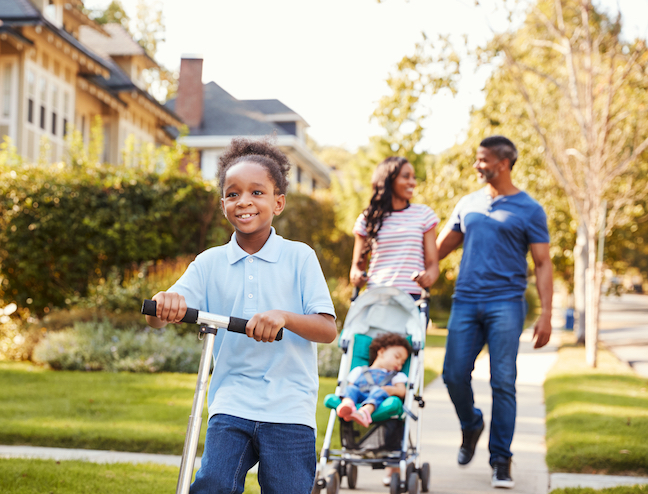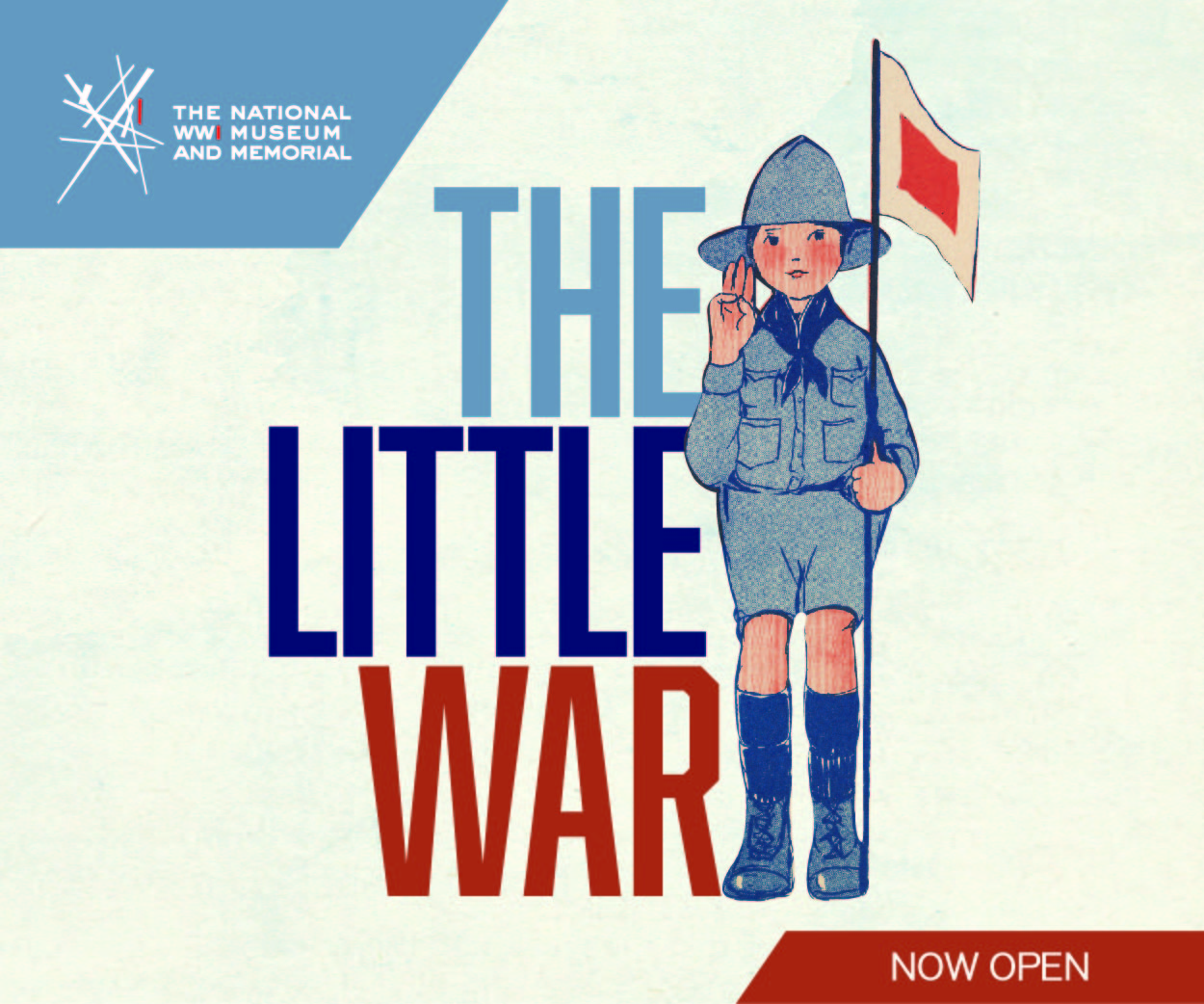
Search the dictionary for walkability and it’s nowhere to be found. Tell that to KC homebuyers and homebuyers across the country and they’d disagree. Turns out it’s a thing—a borderline mandatory thing for some first-time homeowners. “Over the past few years as I’ve sat down with homebuyers to discuss their hopes and dreams for their future ‘perfect’ home, what pops up most often is wanting walkability,” says residential real estate agent Sarah Page of Page RealtyKC, Keller Williams Key Partners, L.L.C. “When I dig deeper, I find that buyers want to be within walking or biking distance and have a short commute to shops, restaurants, parks, schools, and even work. At the center of it all is wanting a sense of community and feeling connected or a part of something.”

In the real estate heyday of the ‘90s to early 2000s, bigger was better. Maybe you’ve heard of the McMansion—3000+ square foot homes, walk-in closets the size of a bedroom, 3-4 car garages? Urban sprawl was happening in part because people wanted overly grandiose, overly new homes. “With the recession, so much changed and many buyers’ mindsets about what defines home and community did too,” says Page. “No longer did they want a 30-45 minute commute home or a maneuvering through countless stoplights to get to their grocery store. Homebuyers were looking for more time and a greater purpose in their lives. Time with family, time at home, time to put down roots in their community.”
Thus, the concept of walkability was born out of excess.
Now, it’s a renaissance of sorts with folks trekking back into the inner ring of KC by the droves. This list of burgeoning neighborhoods is endless: “Westwood, Mission, Roeland Park, Waldo (South Waldo), KU Med, Merriam, old Overland Park, East Brookside, the Westside, Midtown, old North KC and so many other close-in neighborhoods are—quite frankly—booming,” says Page. “When I sit down for a first time consult, I ask first what’s most important for the buyer or buyers in their home search. Lately, the first thing I hear is ‘walkability’ and then the neighborhoods are listed out.”

The dwelling itself is quickly becoming an afterthought as long as buyers can find a house in the neighborhood of their choice. “Walkability is important for my neighborhood because the more comfortable I feel walking, the more likely I am to do it,” said new homeowner Jason Hannaman. “The more you’re out on foot, the more neighbors are bound to stop and talk with you. My kids now often tell me, ‘Dad, please don’t get into a talk with someone’ on an evening stroll to the ice cream shop. Those talks build stronger bonds and make you more invested in your neighborhood, schools—and the people around you.”
As a bonus to walkability, there’s an uptick in re-investment in those inner ring communities—making them even more appealing to homebuyers. Small and large developments are popping up in older neighborhoods. Aging strip malls are being repurposed and reinvented to appeal to both young and aging homeowners as well as renters. Tiny, upscale fitness studios, grab and go food establishments and organic/local focused grocery stores are popping up right and left. The neighborhood gathering place or watering hole now fits the bill as a community garden, coffee shop or juice bar.

Who are these homeowners and homebuyers? “Anyone and everyone, but most commonly, I see one of two types of homebuyers demanding ‘walkability’,” says Page. “They’re between 25-35 looking to buy a first-time home or even second home. Or they’re recent empty-nesters looking to downsize now that the kids are gone and move back closer-in.” The hunt is on to establish connections to neighbors and a greater purpose within their community. Even better? This unconventional, new trend is truly helping Kansas City go back to its roots of friendly neighbors who have pride in their respective ‘burbs.


